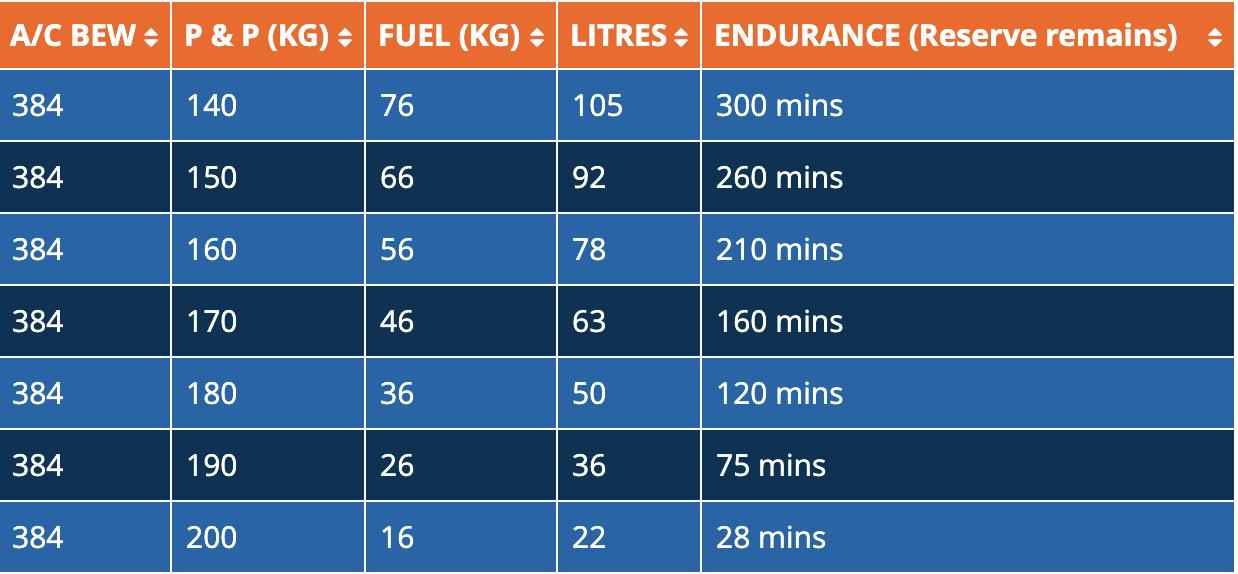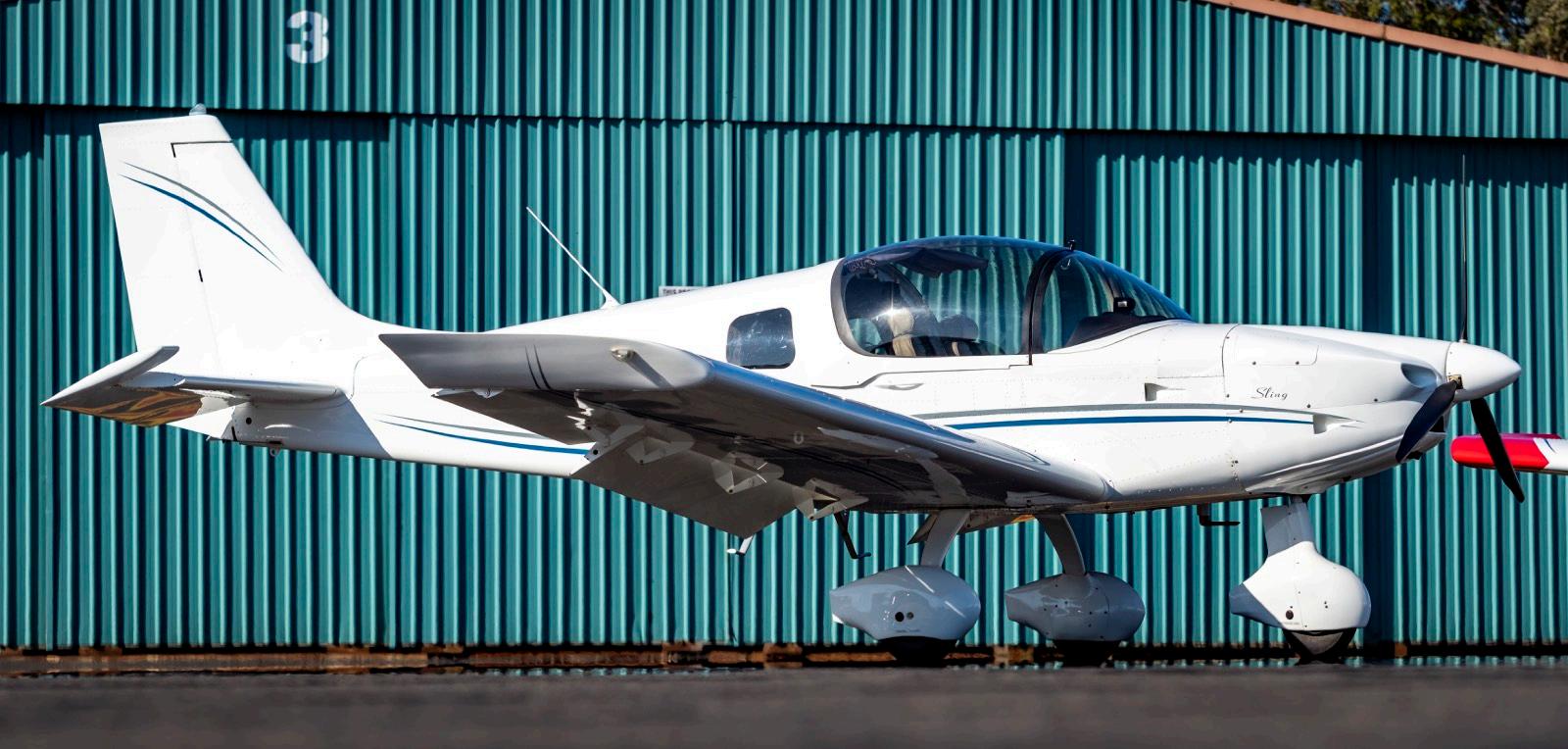
6 minute read
HDFC SLING2 AIRCRAFT
Sling 2 LSA 24-8470 Sling 2 LSA 23-1624
Sling 2 Our Aircraf
Advertisement
THINGS YOU NEED TO KNOW ABOUT HANDLING THE SLING 2 LSA AIRCRAFT
Airspeed limitations:
Max TOW - 600kg BEW - 383.9kg MAX LOAD FACTOR - up to VA / VNE +4g / -2g Vne (Never exceed speed) 135kts IAS (Red line on ASI) Vno (Max cruise speed) 110kts (Never exceed unless in smooth air) Va ( Manoeuvring speed) 91kts IAS (No full or abrupt control inputs above this speed) Vfe (Max flap extension speed) 85kts IAS (White arc on ASI) Vs (Stalling speed flaps up at MAUW) 45kts IAS. [30*bank, Vs=50kts, 45* bank, Vs= 55kts] Vso (Stalling speed full flap extended) 40kts IAS [30* bank, Vs= 46kts, 45* bank, Vs= 50 Demonstrated x-wind limitation 15kts
Our aircraft is available for booking on Goboko.
If you need access to Goboko, please contact Bruce on secretary@hdfc.com.au
Aircraft hire fees:
$150/hr to HDFC Members $180/hr to Guest Pilots
Sling 2 LSA 23-1624

Power Plant Limitations:
Max take off power 5800 RPM (100HP). Max 5 min Max continuous power 5500 RPM ( 95HP) Fuel tank capacity - 150L (75L each tank). Usable Fuel - 146L (73L each tank). Fuel burn - approximately 18LPH@5000RPM power setting.
Climb Performance: Takeoff - F1, retract at 300’, Climb out 75 - 90kts Vx (Best angle of climb speed) 65kts Vy (Best rate of climb speed) 72kts Cruise climb 80 - 90kts
Approach Performance: Usual approach speeds for landing - 70kts base leg, two stages of flap, 65kts early final leg, 60kts short finals using full flap. Can come back to 55kts over threshold if comfortable. Approach speed in gusty crosswinds - 70kts with F2, F1 or nil flaps depending on severity of wind and turbulence. Best Glide Speed: 72 kts
Short Field Takeoff:
According to the POH, short field take offs can follow normal take off procedures. However in practice, conventional short field take off procedures can be implemented. Line up at the absolute end of the runway. Select first stage of flap. Release the hand brake lock but continue to hold the brake on firmly. Ease the throttle forward while still holding the brake. As the tachometer goes through 4000rpm release the brake. Apply gentle back pressure on the column to take the weight off the nose wheel. As the aircraft reaches flying speed, raise the nose to a higher climbing attitude than normal to gain the VX of 65kts. Maintain this attitude and airspeed until you have climbed above the obstacle and then resume normal climb out procedures.
Short Field Landing: Final approach at 60kts and full flaps. Shallow approach (long and lower), short finals bring speed back to 55kts (+5kts or more with turbulence / crosswinds), mains touch down very early on RWY, column hard back, brake.
Sling 2 LSA 24-8470

Circuit / Power Settings / Procedures:
Pre Takeoff: (last check as you enter runway) FFISTT: Flaps1, Fuel - Fullest tank, Pump ON, Instruments (all green), Strobes, Transponder, Trim. Takeoff: Full power, (max 5 mins on full power), get the weight of the nose wheel as quickly as possible with back pressure. Airborne, maintain a straight flight path, climbing attitude (nose clipping through the horizon) speed 75-80kts. At 300’, checkT’s and P’s in green, flaps up. Cross Wind: At 500’, select reference point, turn crosswind, check you are at right angles to strip. Fuel pump off, be ready to turn fuel pump back on if engine falters. Continue climbing to circuit height. (ASPT) Power now 4800 - 5000 RPM. Level out, radio call, prepare to turn downwind. Downwind: Check for exact height. BUMPFISH checks (fuel pump turned on here), radio call for base, power 4800rpm, turn base. Base: (PAST) Power 3000rpm, (<85kts) Flaps 2 stages, maintain 70kts, judging your descent rate to start final turn at 700’. (PWR controls ROD, elevator controls speed). Finals: Check windsock, runway clear, Flaps 3 stages, maintain 65 kts. On Short Finals, speed can come back to 60kts depending on prevailing crosswinds and turbulence. Closedown: Brakes on, Flaps Down, ALL Switches Down (across bottom of panel), Master Off (key). Pilot and Passenger Weight vs Full Load: Assuming 18 LPH FUEL BURN & 45 Minutes Reserve. Setting 5000RPM -102Kts, 600Kg MAUW
Sling 2 LSA 24-8470

Fuel:
Each wing has a 75 litre tank of which 73 litres is useable. (Total 146 litres useable).
With two persons on board weighing 75kg each, approximately 90 litres of fuel will bring the Sling up to the take-off weight of 600kgs. If fuel is just covering the bottom of the tank, that tank has 30 litres of fuel in it.
HDFC aircraft uses Mogas 95 fuel for all operations. Pilots must be briefed on the correct use of the refuelling cart before any attempt is made at refuelling an aircraft. Contact Doug or a flying instructor for briefing.

Sling 2 Sling2 LSA 24-8470

NOW AVAILABLE
The HDFC is pleased to announce the acquisition of a second Sling 2 aircraft is now complete.
Here’s a summary of the purchase timeline:
Acquisition of a second Sling 2 aircraft has been a slow process with several twists and turns. Here is a brief timeline.
27th August 2019 - Agreed to purchase Sling ZU-KHG situated in South Africa
28th Nov 2019 - Offered an Australian based Sling 24-8470
16th Dec 2019 - 24-8470 delivered to PMQ for pre-purchase. An offer containing several provisions made. Offer declined.
13th Jan 2020 - Sling ZU-KHG arrives in Australia
16th Jan 2020 - Pre-purchase inspection at Heck Field. Rotax 912 iS engine with ongoing gearbox maintenance a red flag.
22nd Jan 2020 - Revised offer on 24-8470 accepted. The offer was $2500 lower and included provisions.
The Sling 2 LSA 24-8470 is available for booking on Goboko.
If you need access to Goboko, please contact Bruce on secretary@hdfc.com.au
Engine and Fuel Management
This aircraft has the same carburetor engine and fuel system as 23-1624. The same operating procedures apply.
A more modern MGL Challenger iEFIS is fitted. It has touch screen capabilities as well as using knobs/buttons.
Pilots will need a short brief on the operation of the iEFIS before their first flight. A user manual is available for download - http:// www.gap.aero/pdf/mgl/iEFIS-user-manual.pdf
Flaps, Trim, Radio
All the same as 23-1624.
Ground Handling
The white tow bar should be used to steer both Sling aircraft. Take care connecting and disconnecting.
DO NOT PUSH OR PULL the aircraft with the tow bar – it is for steering only. Push or pull by the propeller close to the hub.
Move aircraft slowly and carefully. Rudder damage has already occurred to the new aircraft.
Fuelling

Both aircraft use Unleaded Premium 95 available from containers in the fuelling trolley. Ensure the aircraft is at least 9 metre from the hangar. Follow the instructions on the hangar whiteboard. If unsure seek help.









